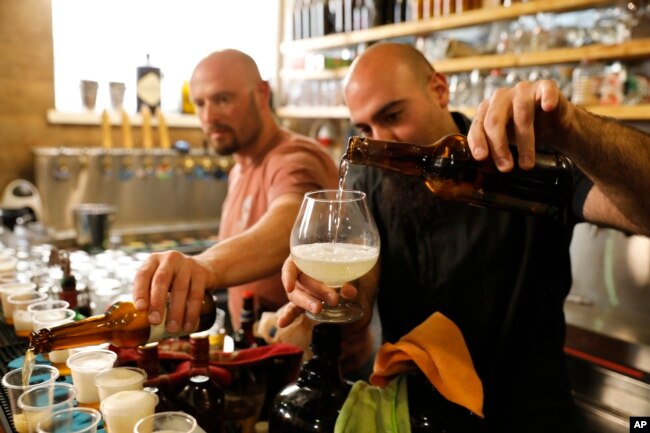
Rocco Commisso (photo), the billionaire owner of Mediacom
Communications, acquired Italian football club Fiorentina on Thursday from
billionaire brothers Andrea and Diego Della Valle. The purchase price was not
disclosed, but media reports pegged the transaction at between $150 million and
$200 million.
Commisso, 69, also owns the New York Cosmos soccer
club and is worth an estimated $4.8 billion, according to Forbes.
In a statement, he said, “I would like to thank the Della Valle family for
managing Fiorentina over the past 17 years. … They leave a solid foundation on
which to build the club."
The Della Valle brothers acquired the 92-year-old
Fiorentina—based in Florence—in 2002, after the prior owners drove the club
into bankruptcy. They are widely credited with revitalizing the team. Still,
this year the club narrowly avoided demotion in the Serie A league.
Born in war-ravaged Calabria, Italy, Commisso grew up
playing soccer with a ball made of rags. He immigrated to the United States in
1962, at age 12, and worked his way through Mount Saint Michael Academy in the
Bronx.
From there, Commisso secured a full scholarship to
Columbia University, where he played on the soccer team. (The college renamed
its soccer stadium for him in 2013, in recognition of his financial support.)
After graduating in 1971, he earned an M.B.A. at Columbia Business School, with
a plan to go into investment banking. But no banks wanted to hire him.
“There was
discrimination,” Commisso told Forbes in 2018. “I'll never
forget the guy from Kuhn Loeb telling me, ‘Rocco, you know what your problem
is? You're neither Jewish nor Irish. The Italians haven’t arrived on Wall
Street.’ ”
Commisso eventually landed at the Royal Bank of
Canada, where he led lending to media and communications firms. He joined the
industry in 1986, taking a job at Cablevision, before founding his own cable
firm, Mediacom, in 1996.
Leveraging hundreds of millions of dollars in debt, Commisso
expanded Mediacom throughout secondary markets in Georgia, Iowa, Missouri and
elsewhere. Today the business hauls in $2 billion in annual revenue.
Photo credit: SETH WENIG / ASSOCIATED PRESS







